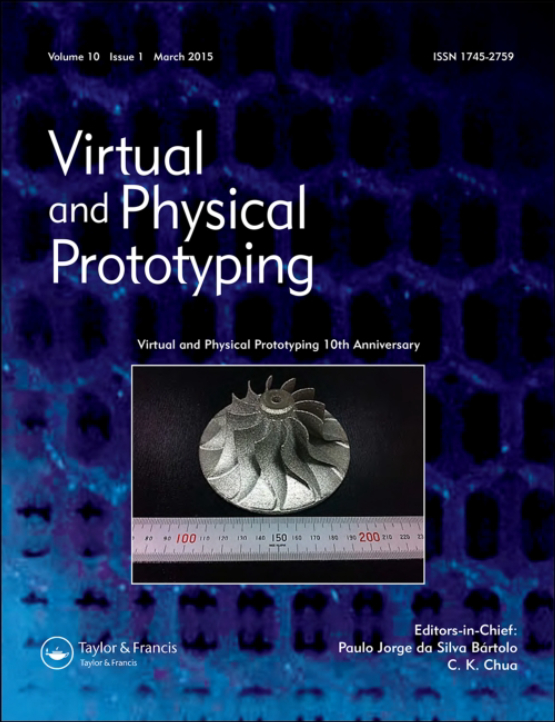Meet the Editor:
Professor Yeong Wai Yee
In this edition of our “Meet the Editor” series, we speak to Professor Yeong Wai Yee, Associate Editor of Virtual and Physical Prototyping (NVPP). Wai Yee received her BEng (1st class Hons) and PhD degrees in Mechanical and Aerospace Engineering (MAE) from the Nanyang Technological University, Singapore in 2003 and 2006, respectively. Prior to joining MAE in 2013, she has industrial experiences in technical and supervisory functions in research and development, manufacturing, and quality systems.
Wai Yee has been recently listed in the World’s Top 2% Scientists List identified by Stanford University and listed as one of the highly cited researchers in 2022 by Clarivate. She has accumulated more than 20 intellectual properties including new processes, 3D printable metal alloy and hydrogel. On top of having her research and innovative leadership internationally recognised, Yeong has been awarded with research grant for over US$10 million on joint labs, academic research projects and industrial projects.
Can you introduce yourself, give us a brief description about who you are, and where you are based in the world.
I am Acting Chair and Professor of Mechanical Engineering at the School of Mechanical & Aerospace
Engineering (MAE), Nanyang Technological University (NTU), Singapore. In addition, I am the Program
Director for 2 research labs of 3D printing in NTU, namely the Singapore Centre for 3D Printing (since
2014) and HP-NTU Digital Manufacturing Corporate Laboratory (since 2018).
In a few sentences, please describe the focus of your work.
My research focuses on 3D printing and Bioprinting. I am especially interested in developing new
materials and applications in healthcare and biotechnology. My portfolio includes metal printing,
advanced polymer printing, printed electronics, bio ink development and tissue engineering.
What sparked your interest in this field and why is it important?
It is always fascinating to see how 3D printing can drastically change the current landscape of different
industries, creating disruptive solutions especially in healthcare, where we can look forward to
customized implants, 3D printing drug, and even bioprinted tissues and organs! It is important as we are
stepping into a highly advanced and aging society globally, and look to new and disruptive healthcare
solutions that can improve the quality of life for patients. 3D printing is sitting right in the middle of this
evolution, as it is a digital-based technology that can bridge the cyber world to the physical world to
impact the lives of people.
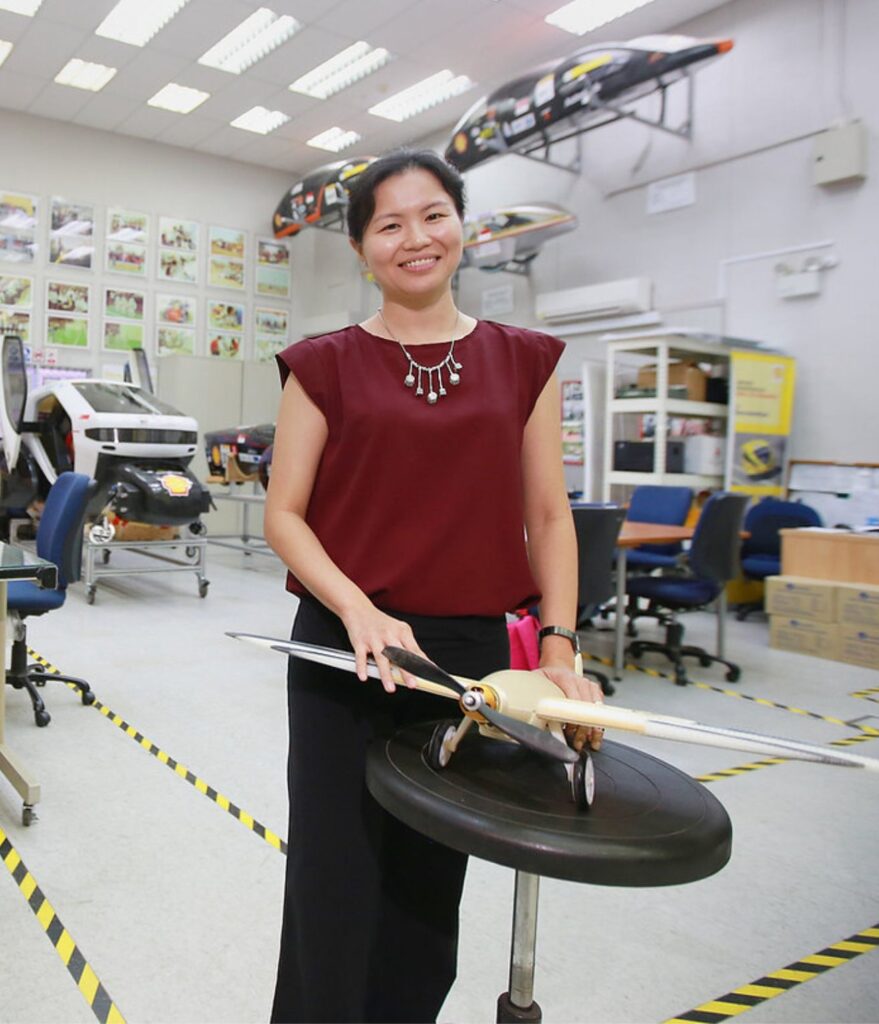
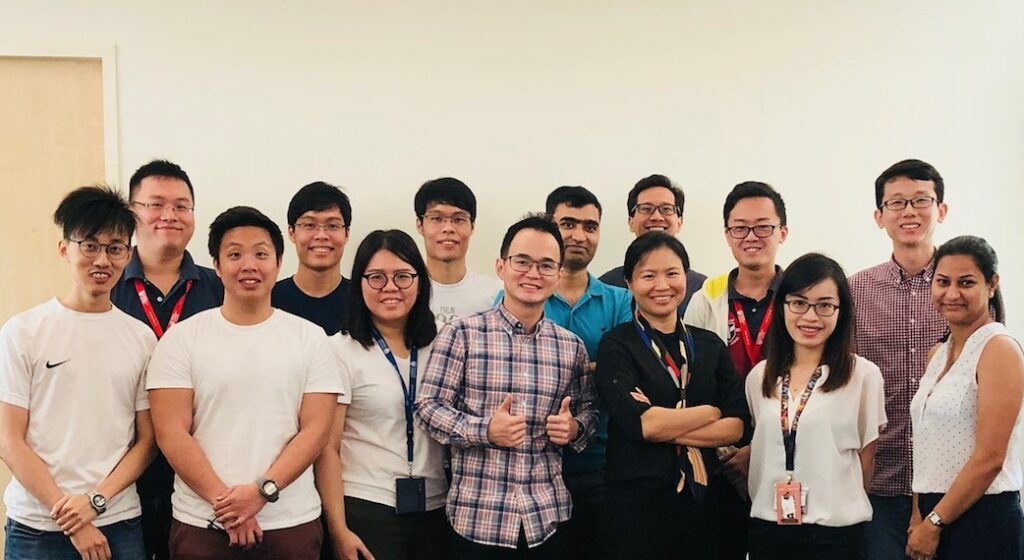
What lead you to become an associate editor with Virtual and Physical Prototyping (VPP), and could you briefly share what your day-to-day role as an editor entails?
I have been in the field of 3D printing research since my PhD days. It is always my passion to drive new frontiers of this discipline through academic services. By serving as Associate Editor, it is an excellent role that allows me to contribute to the community. With the journal converting to full Open Access, we can share high quality research freely to anyone, everywhere, at speed.
As Associate Editor, I assist in processing and providing feedback to the Editor-in-Chief about the quality of the submissions to ensure top quality publications. I also help to structure special issues when the opportunity arises and help to create a network of excellent reviewers who are valuable members of the community. The Taylor & Francis team also provides detailed analytics to the Editorial team for strategic discussions on possible future research directions VPP can pivot towards.
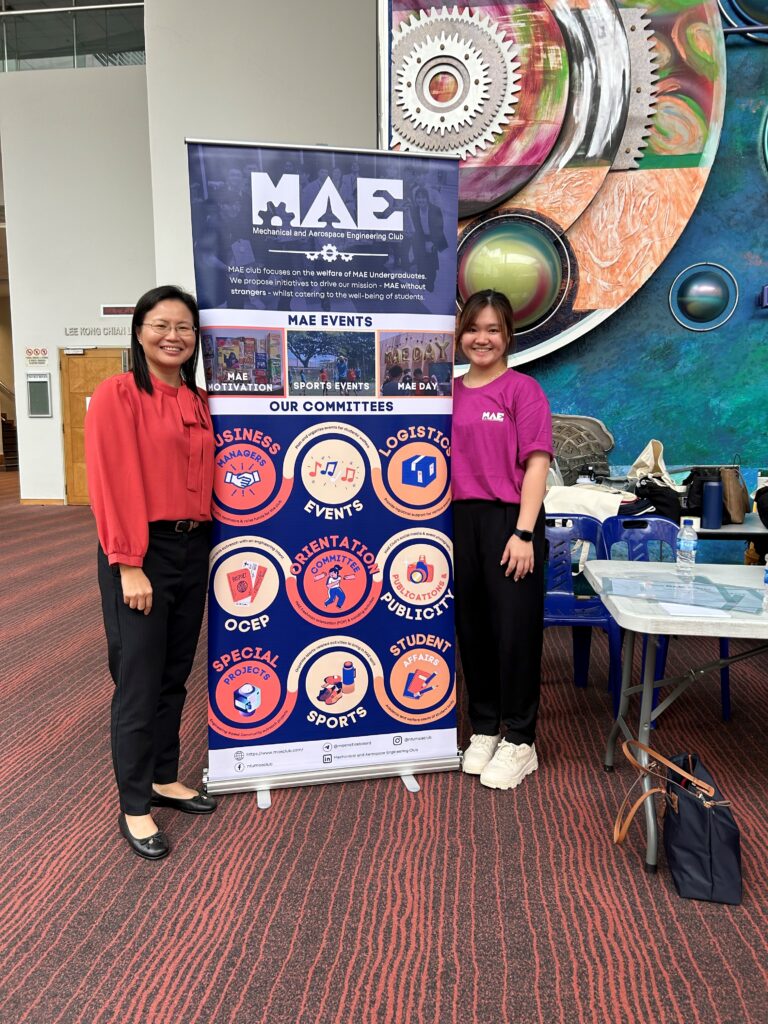
Why should researchers submit to Virtual and Physical Prototyping (VPP)?
Established in 2006, Virtual and Physical Prototyping is one of the longest running and top journals in the field of 3D printing. It was a time when not many people had heard about 3D printing. Fast forward to almost 20 years later, we are now hearing news about 3D printing on a daily basis, and are proud that VPP has been at the forefront of this research area. It is also amazing to see many other journals in the field as this proves that that the field of additive manufacturing is experiencing vibrant growth.
VPP is now a high achiever with an impact factor above 10, demonstrating the quality of this journal. In addition, 3D printing is a very dynamic research field that is seeing new inventions or new applications every day. It is very important for a journal to be up-to-date and keep up with the pace of development. In this aspect, VPP is proud to be providing high quality decision with an average of less than 5 days for first decision, and from acceptance to online publication within a month. Furthermore, with the journal converting to Open Access, your excellent research work is now able to reach an ever-expanding readership population beyond academics.
As a female researcher and one of the leading experts in the field of 3D printing and additive manufacturing, have you faced any challenges or obstacles in your career, especially related to gender bias? If yes, can you share some examples and how you overcame them?
No doubt that I am one of the few female faculty members in the school and in 3D printing. I am very lucky that I have enjoyed tremendous opportunities when starting my career as an academic in NTU back in 2013. The management and the workplace have been nothing but supportive. Having said that, it is also very normal for me to walk into a meeting room where almost all participants are male, especially at higher level meetings.
It does feel a bit different, and I sometimes wonder where do our other talented women go? While I did not encounter any challenges, that does not mean other women are as lucky. We have a lot to do together as a society to improve the situation. In summary, it is still a work in progress, but I do believe that our society is getting more open to females in leadership positions. I am the first female chair for the school in 40 years and there are many other examples we can cite in academic and in the industry. We are making progress and we must not let it slide backward.
Women are generally underrepresented in STEM fields. How do you think we can encourage more women to pursue careers in these fields and make it more inclusive and diverse?
It is a fact that women are underrepresented in STEM fields. We need to create more pathways for women to contribute and develop their own style of leadership. It is also important to build up the confidence of women at a young age to dilute the societal perception that girls are not good in STEM. Furthermore, just as in other engineering fields, we need quantitative and targeted data for us to understand the issue better. This means that we will need to treat this issue as an objective research topic, to collect data and arrive at meaningful conclusions, so to provide the most effective solution.
At NTU, we work with different partners to promote women in research and engineering. The initiative of POWERS (Promotion of Women in Engineering, Research and Science) was launched in 2021 to work on these critical aspects, including providing mentorship and assistance, generating quantitative research on the issue, and to help in educating the public about this issue.
You are closely involved in the research of 3D Bioprinting of human organs where it is possible to produce certain artificial organs on demand. What does that mean for our future?
This means we could potentially create mini-organs for drug diagnosis purposes, where the effectiveness of the drug can be customized to individual level. Engineered organs could also help the patients who are on the waiting list for organ transplants due to shortage of organ donors. Bioprinted tissue models will also reduce the need for animal testing for cosmetic or drug research.
What advice would you give to early career researchers who are just starting out in this field?
Be open to any opportunity, be brave to try new things, and be grateful to all that have supported you (and retrospectively, those who have given you a hard time!). My motto to my team which I practice actively is “Your success is my success”. I strongly believe positive thinking will help drive success for everyone. Finally, research is fun, enjoy it!
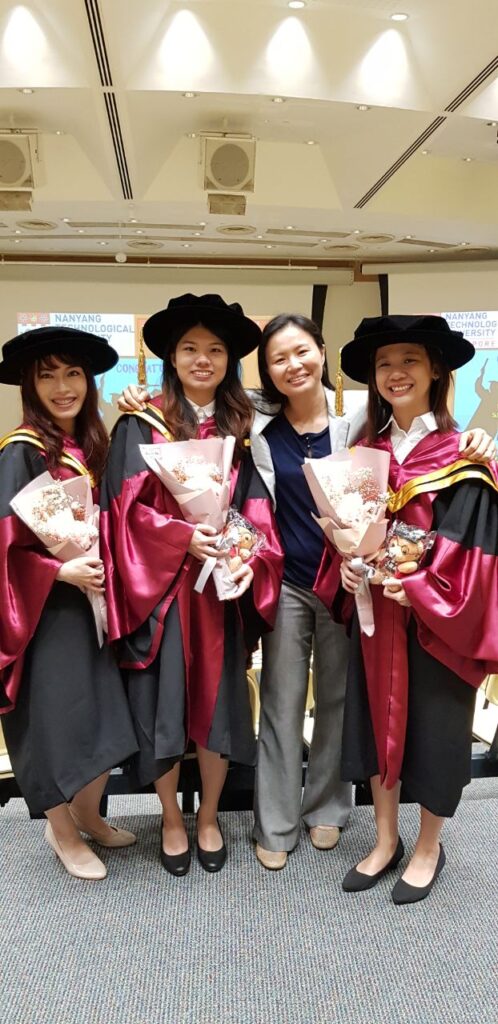
About the Journal
Virtual and Physical Prototyping provides an international forum for professionals and academics to exchange novel ideas and disseminate knowledge covering the full range of activities related to the multi-disciplinary area of virtual and rapid prototyping. The journal converted to a full Open Access journal from Volume 18 (2023).
The scope of VPP includes:
Design for additive manufacturing: topological optimisation, lightweight, biomimetic design, functionally graded structures
4D printing: smart materials, shape memory polymers/alloys, deployable structures
Multi-material printing: 3D printing of multiple metals, polymers, ceramics, composites
Hybrid manufacturing: combination of additive and subtractive technologies
Functional 3D printing: functional design, functional prototyping
